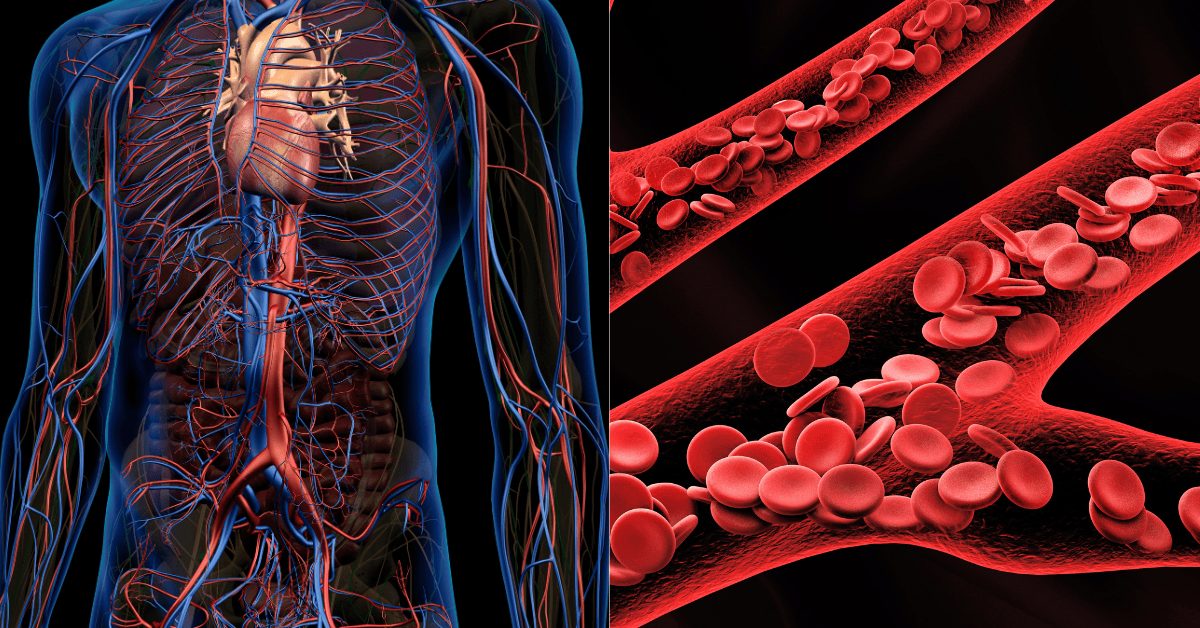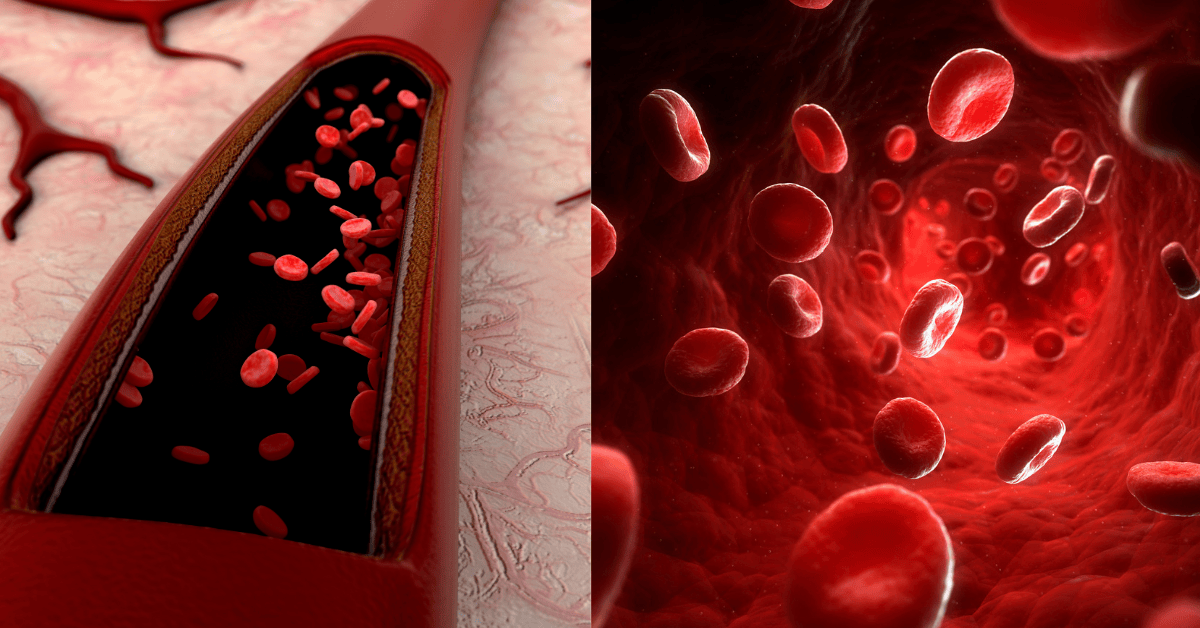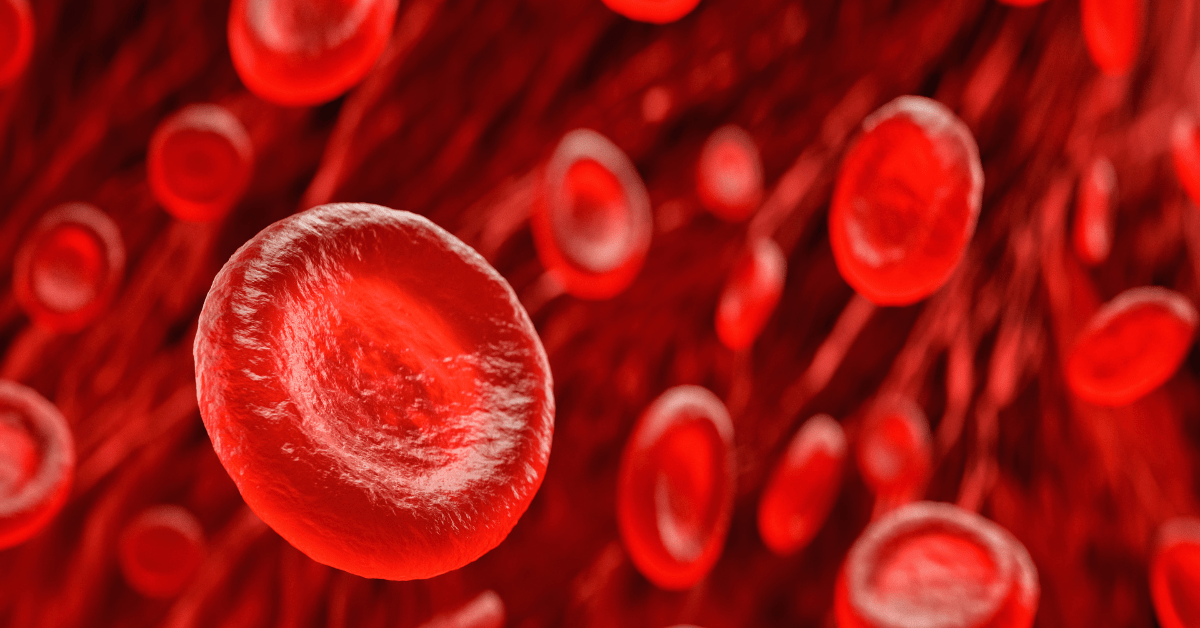Why Haemoglobin Matters More Than You Think
You know that sluggish, can’t-lift-my-eyelids kinda vibe—when climbing stairs leaves you gasping or your skin looks ghostly? Yeah, that’s low haemoglobin doing its thing. Haemoglobin, the iron-rich protein in your red blood cells, acts like an oxygen Uber driver, shuttling life from your lungs to every cell. Without enough of it? Fatigue, dizziness, and even heart issues creep in. But before you panic or sprint to the pharmacy for iron pills, what if the fix is hiding in your fridge—or maybe your mom’s old spice box?
Here’s the real talk: boosting haemoglobin naturally isn’t some voodoo wellness trend. It’s legit, doable, and backed by science (and a viral YouTube video we’ll dissect later). The secret? Eating the right foods—no magic, just smart choices. So grab a snack (iron-rich, please), and let’s decode how to Eat This 5 Things to upgrade your blood power. Spoiler: Your energy levels might just throw a party.
What Is Haemoglobin and Why Should You Care? (Your Energy Depends on It)
Your body ain’t Google—it won’t work if it can’t “search” for oxygen. Enter haemoglobin: the MVP inside your red blood cells. Think of it as a hyper-loyal Uber driver, scooping oxygen from your lungs and dropping it off to every cell. No haemoglobin? Cue energy crashes, mid-meeting faceplants, and that “why am I always tired?” vibe. But when levels are optimal? You’re basically Thor with a gym membership.
The Nitty-Gritty: Why Haemoglobin Drops (And Why It’s a Big Deal)
Normal haemoglobin ranges:
Men: 13.5–17.5 g/dL
Women: 12–15.5 g/dL
- Kids: 11 to 16 g/dL
Dip below these, and you’re in “anaemia territory”—a zone where fatigue rules and dizziness crashes the party. But why does this happen? Let’s break it down:
Iron Deficiency: The #1 global culprit. No iron = no haemoglobin production. Period.
Vitamin Shortages: B12, folate, or vitamin C? Missing these is like forgetting gas for your oxygen Uber.
Chronic Illnesses: Kidney drama, cancer, or autoimmune issues? They hijack your blood cell balance.
Blood Loss: Heavy periods, ulcers, or injuries? They’re basically iron vampires.
Here’s the kicker: The WHO calls anaemia a “serious global public health problem,” hitting 25% of the world. But guess what? Most cases aren’t fate—they’re fixable with fork-and-knife moves.
The Bottom Line:
Low haemoglobin = your cells starved for oxygen.
Fix it = energy, glow, and fewer “I need a nap” moments.

The Science Behind Haemoglobin and Oxygen Transport
Haemoglobin’s made up of four protein molecules (globin chains), each carrying an iron atom. Iron binds to oxygen, forming oxyhaemoglobin. That’s the good stuff. You need it. End of nerd moment.
Why People Are Googling “Increase Haemoglobin Naturally” Like Crazy
Because no one wants to pop iron pills forever (hello, constipation). And let’s face it—natural food-based fixes are in. They’re cleaner, safer, and don’t make your stomach feel like it swallowed a brick.
Fatigue, Dizziness & Cracked Lips – Hello Low Haemoglobin!
Some red flags your body throws:
Pale skin
Shortness of breath
Cold hands and feet
Brain fog (not just a Monday thing)
The YouTube Video That Sparked the Buzz: Summary & Analysis
The video? A crisp and engaging breakdown of 5 key foods to boost haemoglobin. Clocking in just under 10 mins, it’s packed with everyday tips and traditional Ayurvedic wisdom.
Key Message from the Video – Fix It with Food
The creator hammers home: “Don’t medicate. Nourish.” And it makes sense—these foods are easily available, affordable, and don’t come with a list of side effects longer than a drug ad.
Scientific Backing – Is It Legit or Just Hype?
Surprise—most of it checks out. Clinical studies have shown dietary iron paired with Vitamin C improves haemoglobin levels significantly.
Eat These 5 Things to Skyrocket Your Haemoglobin
The YouTube video we analyzed zeroes in on five powerhouse foods. Let’s dissect each:
1. Spinach: The Leafy Green Iron Machine
Popeye was onto something. Spinach is loaded with non-heme iron (2.7 mg per 100g)—the plant-based iron type. Pair it with vitamin C (think lemon juice) to boost absorption.
Why It Works:
High in folate, which aids red blood cell formation.
Contains vitamin C naturally, breaking down iron for easier uptake.
Pro Tip: Sauté spinach with tomatoes—a double whammy of iron and vitamin C.
2. Beetroot: Nature’s Blood Tonic
Beetroot’s deep red hue isn’t just for show. It’s rich in iron, folate, and antioxidants that purify blood and ramp up haemoglobin.
Stats to Know:
A 2016 study found beetroot juice increased haemoglobin by 5% in anaemic adolescents in 20 days.
Nitrates in beetroot improve blood flow, reducing fatigue.
How to Use: Grate raw beetroot into salads or blend into smoothies.
3. Lentils: The Humble Protein Powerhouse
Lentils pack 6.6 mg of iron per cooked cup—plus protein and fiber. Perfect for vegetarians struggling with low haemoglobin.
Expert Quote:
“Lentils are a triple threat—iron, folate, and B vitamins. They’re a must for blood health.” — Dr. Anika Patel, Nutritionist
Recipe Idea: Lentil soup with bell peppers (vitamin C) maximizes iron absorption.
4. Red Meat: The Controversial Heavy Hitter
Beef liver delivers 6.5 mg of iron per 3-ounce serving—heme iron, which your body absorbs 2–3x faster than plant-based iron.
The Catch: Overconsumption links to heart disease. Moderation is key.
Who Should Avoid It: Vegetarians, those with high cholesterol.
5. Pomegranate: The Sweet Solution
Pomegranates aren’t just juicy—they’re iron-rich (0.3 mg per 100g) and loaded with vitamin C (10.2 mg). Plus, they stimulate blood flow.
User Reaction:
“I ate pomegranate daily for a month. My haemoglobin jumped from 10 to 13!” — Sarah, 34

Timeline: How Long Until You See Results?
Patience is key. Most people notice improvements in 3–4 weeks if consistently eating these foods. Severe deficiencies may take 2–3 months. Track progress with blood tests.
What NOT to Eat When Trying to Boost Haemoglobin
Tea & Coffee – Iron Blockers in Disguise
They’ve got polyphenols that sabotage iron absorption. Sip smart—drink them hours apart from your iron-rich meals.
Processed Foods – Junk In, Junk Blood
High sodium, zero nutrients. And don’t even get us started on sugar.
How to Eat These 5 Things the Right Way (Timing + Combinations)
Best Time to Consume These Foods
Morning: Beets & pomegranate
Midday: Spinach-based lunch
Evening snack: Dates or sesame treats
Smart Pairings for Max Absorption
Pair iron with:
Vitamin C (lemon, oranges, amla)
Avoid calcium with iron (they fight for absorption rights like siblings)
Real People. Real Stories – How These Foods Changed Lives
Mini Case Study: Riya’s Iron Comeback Story
Riya, a 23-year-old student, couldn’t climb stairs without feeling like she ran a marathon. After 4 weeks of eating these 5 foods, her haemoglobin jumped from 9.5 to 12.8. No meds. Just munchies.
Doctor Speaks: “Nutrition First” Approach That Works
Dr. Reena Mishra, a clinical nutritionist, swears by this: “Before prescribing supplements, I always try dietary intervention. And results like Riya’s aren’t rare—they’re routine.”
Long-Term Game Plan – Keep That Haemoglobin Up For Life
Weekly Meal Plan Sample
Monday: Beet-carrot juice + spinach curry
Tuesday: Pomegranate smoothie + sesame laddoo
Wednesday: Dates & nuts + palak paneer
Thursday: Black sesame rice + citrus salad
Friday: Iron-rich khichdi + beetroot raita
Weekend: Freestyle but iron-forward
Easy Tips for Iron-Rich Cooking at Home
Use iron cookware—it leeches tiny, healthy amounts into food
Add amla or lemon juice to dishes
Avoid overcooking greens

What Experts Are Saying – Quotes, Stats & More
WHO Stats on Iron Deficiency
Over 2 billion people globally suffer from iron-deficiency anemia.
Women and kids are most affected.
Nutritionists Chime In – “Food Over Supplements”
Dr. Neha Suri: “Supplements are like crutches. Whole foods? That’s walking on your own two feet.”
FAQs: Your Top 15 Haemoglobin Questions, Answered
Which fruit is best for haemoglobin?
Pomegranate, apples, and citrus fruits (vitamin C).Can low haemoglobin cause weight gain?
Indirectly—fatigue reduces activity, leading to weight creep.How to raise haemoglobin in a week?
Focus on iron + vitamin C combos (spinach + oranges), but significant jumps take longer.Does beetroot increase haemoglobin?
Yes! Studies show it boosts levels in weeks.Are bananas good for haemoglobin?
They’re low in iron but high in folate—supporting overall blood health.Can stress lower haemoglobin?
Chronic stress disrupts nutrient absorption, worsening deficiencies.Is dark chocolate good for haemoglobin?
Yes—70% cocoa has 3.3 mg iron per ounce.Does exercise increase haemoglobin?
Moderate exercise yes—it stimulates red blood cell production. Overtraining? No.What drinks boost haemoglobin?
Spinach smoothies, beetroot juice, and orange juice.Can menstruation cause low haemoglobin?
Heavy periods drain iron—1 in 5 women experience this.Are eggs good for haemoglobin?
Egg yolks have iron, but avoid pairing with coffee.Does low haemoglobin cause hair loss?
Yes—poor oxygen supply weakens hair follicles.How much spinach daily to increase haemoglobin?
1–2 cups cooked spinach provides 20% of daily iron needs.Can haemoglobin be too high?
Yes—smoking or dehydration can spike it, risking clots.When to see a doctor?
If symptoms persist despite diet changes—could signal underlying issues.
The Future of Haemoglobin Management: Food First
With rising awareness, experts predict a shift toward food-based interventions for anaemia. Imagine public health campaigns urging beetroot smoothies over supplements—it’s already happening in rural India and Africa. As research evolves, expect more “food as medicine” strategies to dominate.
CTA: Ready to Take Charge of Your Blood Health?
Boosting haemoglobin isn’t rocket science—it’s about smart, consistent choices. For more natural health hacks and expert-backed guides, check out Gemscor. Your body (and energy levels) will thank you!
Final Word
Low haemoglobin isn’t a life sentence. With the right foods—spinach, beetroot, lentils, lean meats, and pomegranates—you can reclaim your vitality. Pair these with mindful habits, and you’re not just fixing numbers on a blood test—you’re upgrading your entire quality of life. Start today—one bite at a time.














